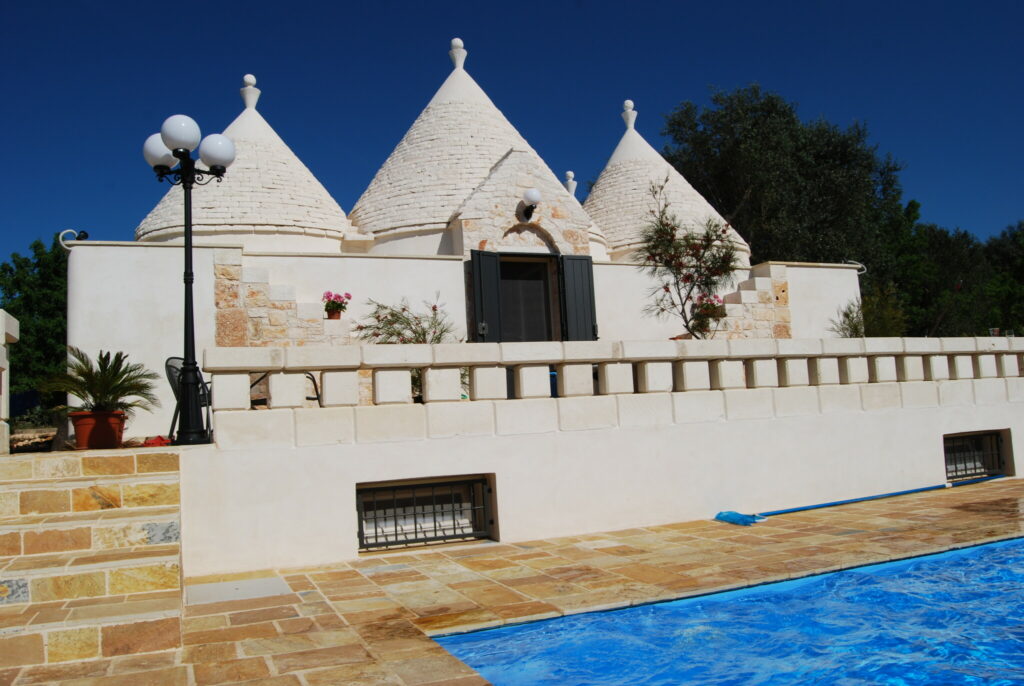South-west of Bari and east of Gravina in Puglia lies the town of Altamura. It can be reached by the small railway line between Bari Gravina and Matera as well as by road.
There is evidence that this area was heavily populated during the Bronze Age, but in more recent history it was not until the 13th Century that the town became of any real importance.
The old town contains many palazzos and churches, as well as the Cattedrale dell'Assunta, built in the 13th Century by Frederick II. It has two towers, and boasts more than 200 cloisters, and small courtyards with dwellings situated above them. The town's defensive walls, also constructed by Frederick II, were built on top of megalithic stone walls, of unknown origin.
The Museo Archeologico Nazionale has many Paleolithic displays, including an exhibit about the Altamura Man, the most intact example of a skeleton ever found dating to the Palaeolithic period, which was discovered in the nearby Grotta di Lamalunga in 1993. However, the remains cannot be removed from the cave and tourists are not permitted to visit. The Museo d'arte Tipografica Portoghese has a variety of interesting themes, including displays of ancient machinery made from wood and lead, and logos and other paraphenalia from the early fascist years.
Around 5km outside of the town in rolling wheat fields is the De Lucia Quarry, where thousands of dinosaur tracks have been discovered, ranging between 5cm – 45cm in size. These 70 000 year old marks are currently on the UNESCO World Heritage Site 'Tentative List' so may well be developed into a tourist attraction in the coming years, although at present there is very little development at the site.
You cannot visit Altamura without trying their famed 'Altamura Pane', the first bakery product to receive protected DOP status. It is made using mother yeast and wheat flour from the Murge and is baked in a wooden oven, being produced in a variety of shapes and sizes.

